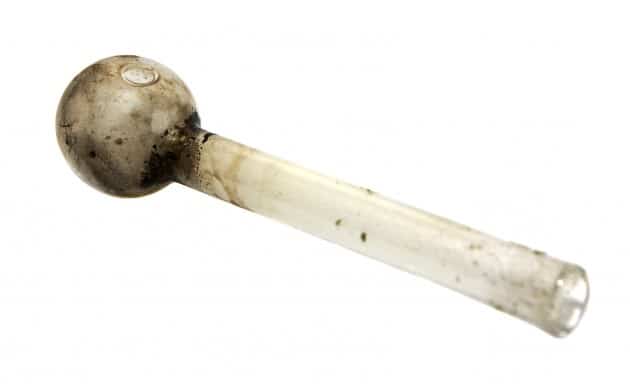

Meat processing workers came to rely on meth in order to be quicker, sharper and more alert, according to Nick Reding's book "Methland," (Bloomsbury USA, 2009). Jobs in these factories are among the most dangerous and physically taxing in America: Workers have to "process" chickens, cows or pigs at a blistering rate (up to 140 chickens per minute, according to current USDA rules). Experts say meth got a foothold in the heartland in part via industrial meat processing plants. Meth has plagued Midwestern states such as Missouri, Kentucky and Tennessee. However, because illicit meth has undergone a process called double methylation (as opposed to being methylated just once), it is processed in the body more quickly and powerfully. Amphetamines such as Adderall and Ritalin have similar effects as methamphetamine, and the body actually metabolizes methamphetamine into amphetamine.

Methamphetamine is a cousin of stimulants routinely prescribed to children who have attention deficit hyperactivity disorder (ADHD). Smurf dope has the same chemical activity as the less colorful, white variety. Several years ago, drug dealers began selling "Smurf dope," or methamphetamine that has been tinged with a pigment or dye to appear blue, USA Today reported. Purity is a measure of how uniform the chemical composition of the drug is, and even tiny amounts of impurities can add color to the drug. In reality, pure meth is typically white or clear, because it reflects all wavelengths of visible light. On the show "Breaking Bad," Walter White's trademark drug is so pure, it looks like powder-blue rock candy. The chemicals used to manufacture meth are volatile and can lead to explosions, and the toxic waste left behind is extremely difficult to clean up. Huge quantities of meth are produced by Mexican drug cartels in superlabs.īut "freelancers" who make the drug at home steal decongestants from pharmacies and combine them with toxic solvents and chemicals in dangerous home labs. Only a handful of laboratories around the world make these chemicals at any scale, according to a 2011 "Frontline" documentary on the meth epidemic. Compounds such as ephedrine or pseudoephedrine, the active ingredients in decongestants such as Sudafed, must undergo chemical reactions to become the illicit drug.

Unlike cocaine, heroin and marijuana, in which the drug's key ingredient is primarily harvested from crops, producing methamphetamine requires transforming precursor drugs.


 0 kommentar(er)
0 kommentar(er)
